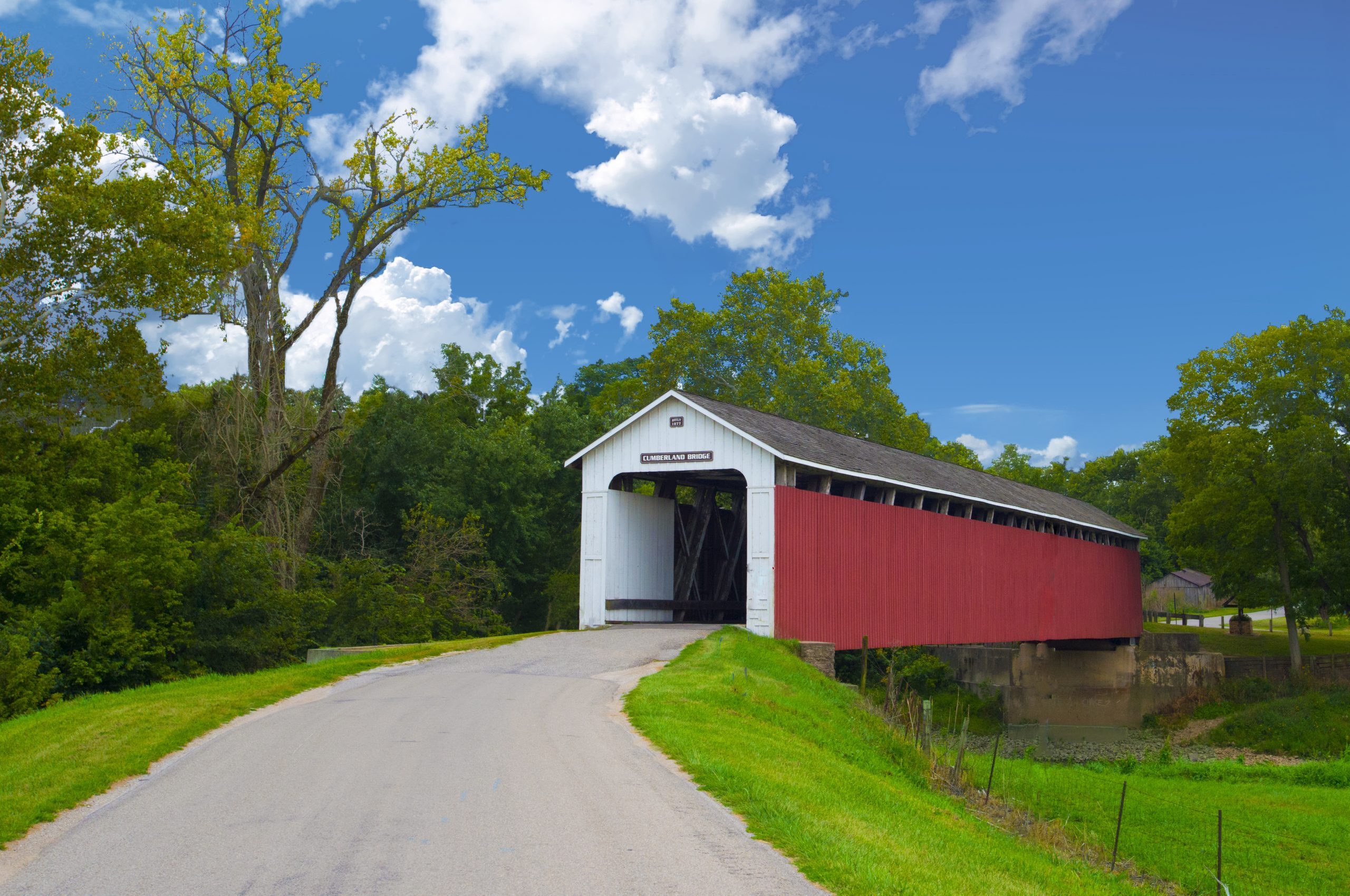
By State Senator Ron Grooms
The Indiana General Assembly tackled a number of important issues this legislative session. From balancing our state budget and making record investments in K-12 education, to tackling a myriad of challenges related to the coronavirus pandemic, we accomplished a lot under unique and unprecedented circumstances — with redistricting yet to come.
But I am particularly proud of engaging on one issue that, while it may not have received headlines or even a committee hearing due to the pandemic’s time constraints, marked a milestone moment in the future of environmental policy for our state and our nation.
On Feb. 4, I introduced SR 8, a resolution urging Indiana’s Congressional delegation to support the Baker-Shultz Carbon Dividends Plan. This thoughtful, conservative approach to the climate challenge promises to harness the power of the free-market to reduce carbon emissions all while protecting the economy and the pocketbooks of Hoosiers in Indiana and Americans across the country.
As my resolution itself stated, any approach to addressing climate “should not harm Indiana’s citizens or businesses, nor stifle its economy or manufacturers’ competitiveness.” The Baker-Shultz plan is crafted with precisely this goal in mind.
Named after the two respected Reagan-era statesmen, Jim Baker and George Shultz, the plan is broken into four pillars.
The first assesses a fee on carbon emissions — frequently referred to as carbon pricing. This mechanism provides certainty in the marketplace and ensures industries can plan their investments in research and technology wisely. The second pillar would ensure every American, young and old, rural and urban, receives an equal dividend check four times each year from the carbon fee revenue collected. And the third pillar would erase from the books the onerous regulations that stand as obstacles to growth and development in the energy industry.
Most intriguing to me, though, is the fourth pillar of the plan, which would assess the same fee on foreign imports to compel our foreign competitors to similarly reduce their emissions. Oftentimes we hear our fellow Americans rightfully ask why we should shoulder the burden when other nations are given a free pass to emit as they please. The border carbon adjustment would change that dynamic and level the playing field for American and Hoosier manufacturers.
By assessing a fee on carbon emissions, returning the revenue to the American people, taking an ax to redundant, duplicative and job-killing regulations, and implementing a border adjustment, the Baker-Shultz plan puts economic well-being on equal footing with environmental stewardship. This is absolutely the proper approach.
Even with a stellar plan like this available to us, some might wonder why a Republican cares about the climate, an issue that for years has become politically charged and polarizing. Simply put, I care about this issue because I care about my district and my state. The Ohio River, for instance, could rise at a rate that will, if left unchecked, come with dire economic and environmental impacts for future generations, according to a 2017 U.S. Army Corps of Engineers Report.
The Republican Party not that long ago took environmental concerns like these seriously. We made these issues a priority before ultimately losing our way. This is the time to right the ship and get back on course by advocating for a pro-America, pro-innovation, bipartisan solution that takes into consideration economic and environmental concerns.
This mindset is at the core of the Baker-Shultz proposal. It’s the reason why a coalition of Hoosier conservatives, including myself, joined together to launch Hoosiers for Carbon Dividends last week.
I understand reducing carbon emissions and protecting our environment for generations to come is a global challenge and that introducing my resolution was only a small step in the right direction. But I believe in shining a light on this topic, and in particular this plan, and hope Hoosiers across Indiana come to embrace it as I have.
Read the full article in the News and Tribune here.